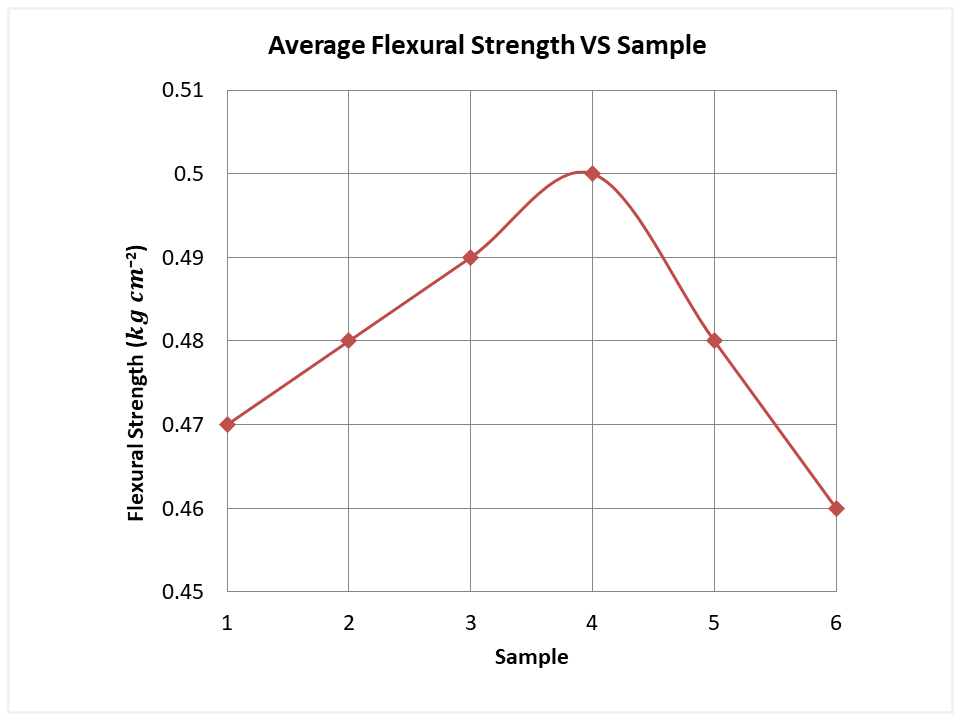Title
Beneficial Effect of Rice Husk Ash on Wall Cement Plastering
Authors
Aynharan S.,* Sishanthan K., Lakmal D.M.K., Jeyalath M.M.R.K. and Fernando P.R.
Department of Physics, Eastern University of Sri Lanka, Vantharumoolai, Chenkalady, Batticaloa, Sri Lanka
*Corresponding author E-mail address: 05sanjee@gmail.com (S. Aynharan)
Article History
Publication details: Received: 17th March 2021; Revised: 21st April 2021; Accepted: 22nd April 2021; Published: 29th April 2021
Cite this article
Aynharan S.; Sishanthan K.; Lakmal D.M.K.; Jeyalath M.M.R.K.; Fernando P.R. Beneficial Effect of Rice Husk Ash on Wall Cement Plastering. Green Rep., 2021, 2(4), 50-54.

Abstract
Rice is the staple food in Sri Lanka, with over 270 million tons produced annually. It is the most common agricultural waste, with difficult handling, storage, and transportation being the main issues. As a result, using these natural agro waste material aids in lowering construction costs, preventing emissions, and increasing quality and consistency. As a result, a strong idea in the building industry is to use rice hush ash (RHA) as a partial substitute for cement plastering. A total of 24 coating plates were molded and tested in order to accomplish this goal Various proportions of cement, river soil sand, partly substituted with differing percentages of rice husk ash were used to test stiffness, compressive strength, flexural strength, water absorption, and thermal conductivity. Test findings show that 12.5 percent of RHA (sample 4) may be advantageously added up to improve the strength when contrasting the Sri Lankan standard and British Standard Specifications of wall cement plastering mixture. In 12.5 percent (sample 4) RHA, the maximum compressive and flexural pressure are 278 kg.cm-2 and 0.50 kgcm-2, respectively. The average mass, water absorption, and thermal conductivity of sample 4 were 1685.19 kgm-3, 5.67, and 0.64 WmK-1, respectively. The findings clearly show that cement-RHA-sand wall plastering is preferable to the building site.
Keywords
Rice Husk Ash; Wall Cement Plastering; Compressive Strength; Flexural Strength; Water Absorption; Eco-friendly